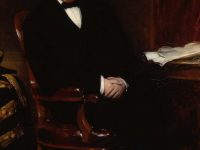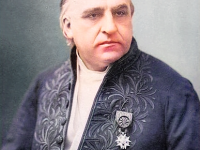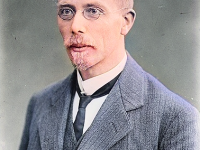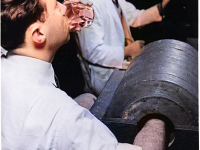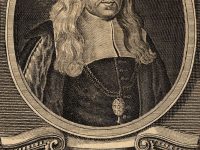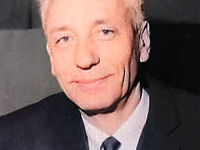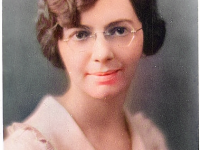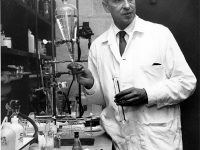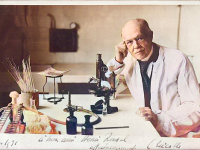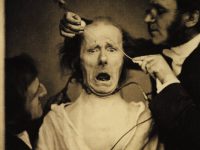Dominic Corrigan and Heart Diseases
On December 2, 1802, Irish physician Sir Dominic John Corrigan was born. Corrigan is known for his original observations in heart disease. The abnormal “collapsing” pulse of aortic valve insufficiency is named Corrigan’s pulse after him. Early Years Dominic John Corrigan was born in Thomas Street, Dublin, the son of John Corrigan, a dealer in agricultural tools. He was educated in St. Patrick’s College, Maynooth, near Dublin, which then had a department…
Read more

